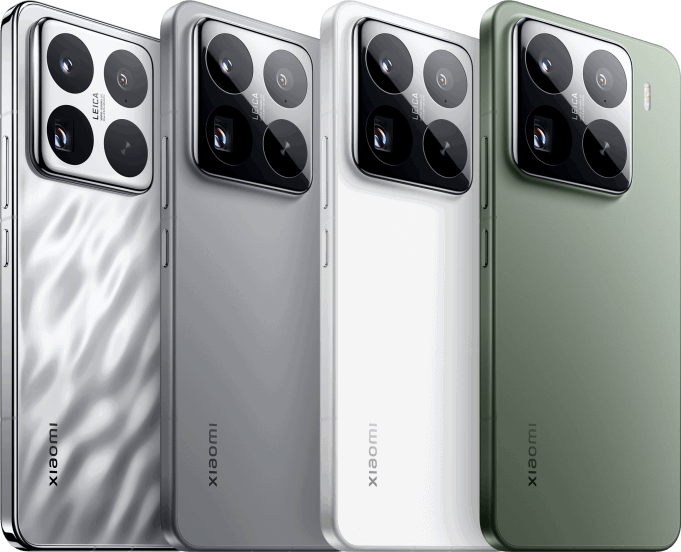People like good sound, obviously, but to different ends and different extremes. There’s upgrading to a soundbar or a two-channel home theater system so you can better hear dialog on TV. Then, there’s building a bonafide home hi-fi system and spending thousands on various speakers, connections, sources and other electronics.
Odds are, if you clicked on this post, you might have a set of bookshelf speakers. Maybe a $150-$300 setup, connected either an A/V receiver or a home turntable setup. Maybe you’ve also considered an upgrade. But what, exactly will that expense get you? Especially if you creep up into the $1,000 range?
According to Scott Orth, the director of audio and acoustic systems at Sound United, and a professor of Electroacoustics at the Johns Hopkins Peabody Instutite, there are a few angles from which to answer the question. First, the ojective and scientific. “The sources that you’re listening to have a certain amount of information and the better your loudspeakers are the more they can extract that information, the less error there is and the clearer it comes through and the more you get from it.” As your speaker quality improves, the better justice they do to high quality recordings. Literally. Objectively. Full stop.
But there’s also what Orth calls “the emotional side.” Higher fidelity speakers are able to extract more information, so the sound is more realistic and the experience of listening is more engaging. Simply put: the more you hear, the more emotion you feel.
Of course this is just a detailed way to state the obvious: A pair of lesser bookshelf speakers are going to sound worse than higher-end bookshelf speakers. How do they sound better? What specifically are you getting for your money. The truth is: it’s everything, it’s a little bit of everything.
“When you move up in price in speakers, what happens is that you are paying for not just the level of detail that you can hear, but the level of engineering that goes into the speaker,” says Michael Greco, a senior director in Polk Audio’s loudspeaker division. Better cabinets are going to be more expensive by their physical nature. They need to be heavy, thick or have bracing — anything that makes it rigid so it’s not vibrating anywhere but the transducers. The trick is to find something that’s not too heavy but still has all the properties of high stiffness and high damping to keep the panels from vibrating. “You’re buying that level of thought and that level of detail from the engineering team to give you that immersive experience.”
Size is also a big factor. According to Greco, a 6-inch driver in a small box might play loud, but it’s not going to go very low in frequency. A 5.25-inch driver in the same size box might not play as loud, but it will go low in frequency. So there’s this kind of trade-off and that’s part of what you pay for in some speakers. You’re paying for a larger box so you can have more bass. This is one of the main reasons why high-end bookshelf speakers are also bigger.
But making a bigger speaker isn’t as simple as just scaling up a small one. The larger the speaker — specifically, the speaker cabinet — the more difficult it is to keep its panels from vibrating. “A small box has less trouble than a larger one, but it’s all about the internal bracing that we do to try to keep the larger cabinets from vibrating like that,” Orth said. “So larger [isn’t always better], but this thicker is always better if you can afford to do that.” Thicker material will always be stiffer than thinner material.
So what does that look like practically? You can find an instructive example in Polk Audio’s lineup. Take Polk’s L100 ($1,199) a significant price bump from its $120 T15s. The extra order of magnitude in purchase price gains you improvement in materials, parts and other bits of engineering that add up to an objective improvement. “The T15 goes down to maybe 90Hz and the L100 goes down into the 50Hz ranges, so there’s a lot of difference there. On the high frequencies, I think we measured the pinnacle tweeter out to 50kHz, which is where dogs and bats hear.”
Of course, the speakers are just one link in the chain of an excellent audio system, and you have to have the right equipment to properly power them — you can’t just integrate hi-end speakers into your current system and expect them to sound their best. Yet, the speakers remain the foundation, if you find this audio quality worth the premium you’ll pay for it.
“The advice that I always give people is to buy your speakers first and spend as much as you can afford,” Greco said. “And then buy the electronics second.” Electronics will change over time, while speakers tend to last, which make them an excellent foundation that will only pay dividends as you upgrade the rest of your setup.
As for how much should you spend on speakers versus the other electronics in your system, Greco says it should be an even 50/50 split — maybe 60/40 in favor of the speakers. “I don’t think you’re going to be sorry if you spend a little bit more on the speakers because, after all, that’s what you hear. It’s the speakers.”
This content is created and maintained by a third party, and imported onto this page to help users provide their email addresses. You may be able to find more information about this and similar content at piano.io


